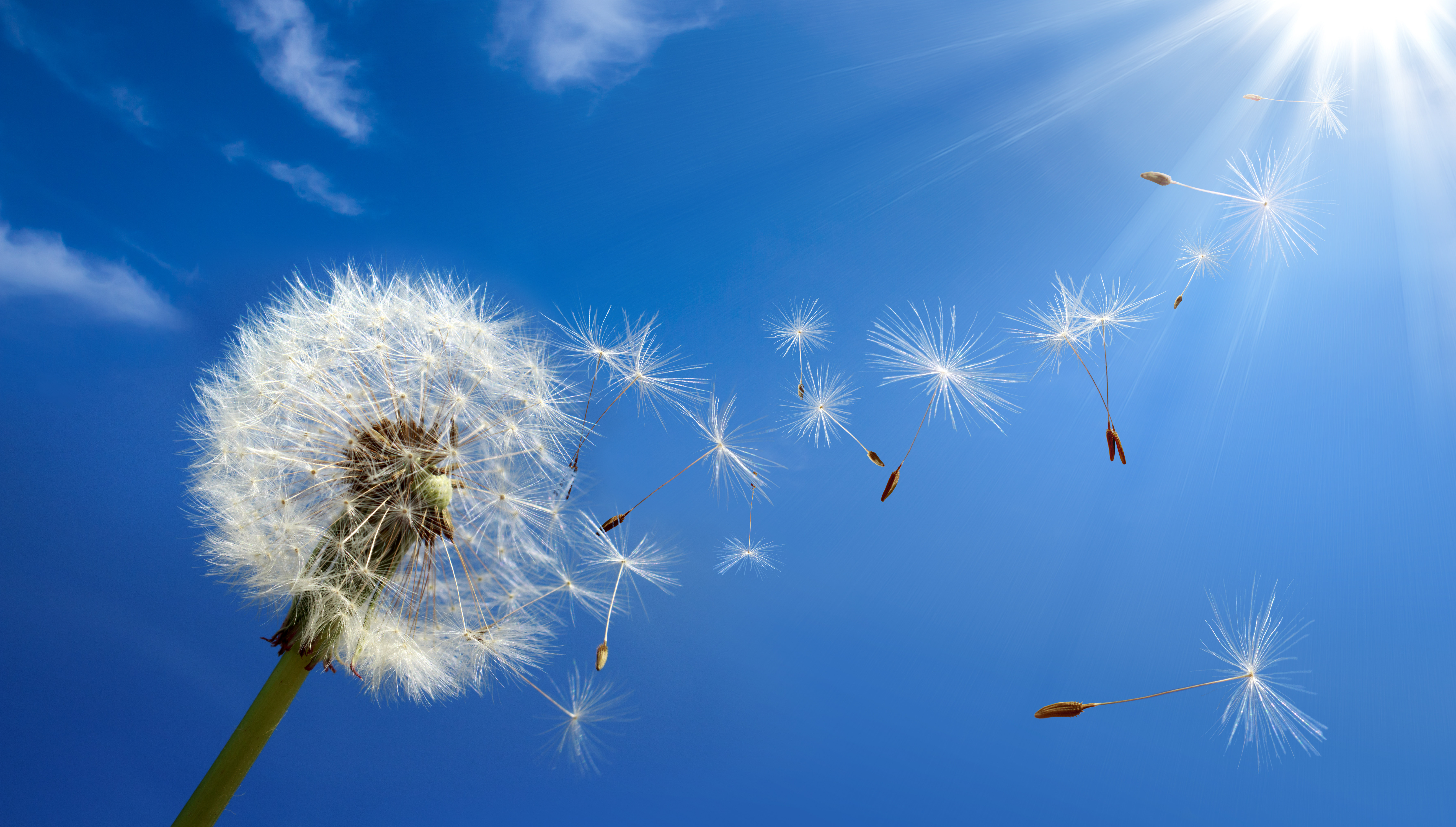Function / Purpose

The last — and most important — component of a system is its purpose or function. Before diving into this concept, it is important to explain that in the language of systems thinking, the word function is usually used for a nonhuman system (e.g., plants, animals, forests, technology), while the word purpose for human-related ones (e.g., communities, schools, governments, etc.). However, this distinction is not absolute, since so many systems have both human and nonhuman elements (Meadows, 2008, 15).
Like interconnections, a system’s function or purpose is not necessarily explicitly expressed or written. It is expressed through the behaviour of the system which can only be deduced by observing behaviour over time. Meadows offers these examples to clarify this crucial point: “The best way to deduce the system’s purpose is to watch for a while to see how the system behaves. If a frog turns right and catches a fly, and then turns left and catches a fly, and then turns around backward and catches a fly, the purpose of the frog has to do not with turning left or right or backward but with catching flies. If a government proclaims its interest in protecting the environment but allocates little money or effort toward that goal, environmental protection is not, in fact, the government’s purpose.” (2008, 14). To be clear, a system's purpose or function is only known through its behaviour over time, not from rhetoric or stated goals.
Let’s return to the example of basketball to illustrate this point. The purpose of basketball is for two teams to compete and for one team to win. If we change the purpose of the game, we change the game completely. Imagine, for example, that the purpose of basketball was to get the loudest cheers possible from fans. What would that new game look like? Teams might start paying the loudest fans instead of paying for talented players. The loudest cheers might be generated not from scoring points but from antics on the court. There may be elaborate instruments and devices that measure sound from each team’s fans. Changes in function or purpose drastically alter the nature of a system.
Try It

What if the function of a dandelion was not to survive, reproduce and spread, but to capture as many of the nutrients in the soil as possible and maximize its size? How would this change the dandelion’s actions? Take a few minutes and jot down some thoughts.